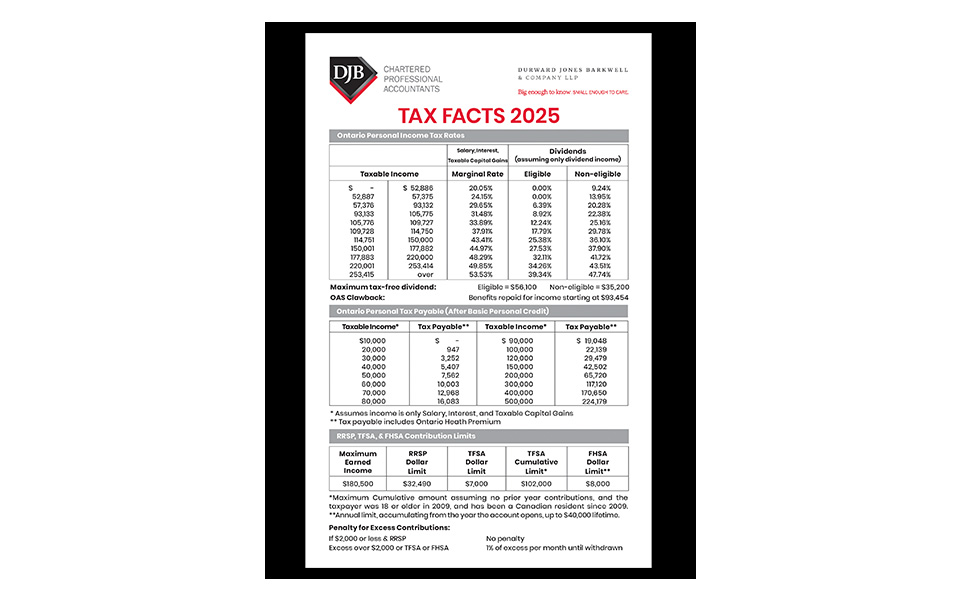Executive summary
Switching to and from Airbnb or another form of short-term rentals can result in a GST/HST bill when the condo is sold or there is a change in use, the Federal Court of Appeal affirms.
Disincentivizing short-term rentals has been the policy goal of an increasing number of tax and non-tax measures. In recent years, governments at all levels have introduced stricter regulations to address housing shortages. Federally, new measures have been implemented denying short-term rental operators’ expense deductions for tax purposes in jurisdictions where such rentals are not legally permitted.
At the same time, courts have reinforced that short-term rental activity can trigger unexpected goods and services tax (GST)/harmonized sales tax (HST) obligations when the property is sold or there is a change in use, with significant financial implications for property owners.
GST/HST and short-term rentals: The legal framework
Under the Excise Tax Act, the sale of a used “residential complex” is generally exempt from GST/HST. However, a key exception applies:
If the property
a. is part of a building, that is a hotel, motel, an inn, a boarding house, a lodging house, or other similar premises; and
b. at least 10% or more of the leases or similar arrangements of the units are for periods of continuous possession or use of less than sixty days,
it may be classified as a taxable supply upon sale and not a residential complex. This means that property owners may be required to collect and remit GST/HST, potentially reducing the net proceeds from the sale or collect GST/HST from the buyer, making it less commercially appealing due to associated tax costs.
A sale for these purposes can be either a change of legal ownership, or a deemed sale when the property changes in use (e.g. from commercial to personal), albeit the legal ownership remains the same.
GST/HST collectible: 1351231 Ontario Inc. v. Canada
The Federal Court of Appeal recently affirmed the decision by the Tax Court of Canada (TCC) that GST/HST could be collected on the sale of a condo unit originally used for long-term rentals, which was later used for Airbnb.
Between February 2008 and February 2017, 1351231 Ontario Inc. owned a condominium unit which was leased on a long-term basis (i.e. the lease intervals were for 60 days or more) to third parties. The property was then listed on the Airbnb platform and rented out through a series of short-term leases until April 2018, when it was sold to a third party.
Subsequently, 1351231 Ontario Inc. was assessed for the GST/HST payable on the sale of a condominium unit citing unavailability of GST/HST exemption available on the sale of a used residential complex.
The TCC had upheld the CRA assessment determining that the property did not qualify as an exempt “residential complex” under section 2 of the Part I to Schedule V of the Excise Tax Act. At the time the condo unit was sold, it was considered to be a real property that is similar to a hotel, motel, or other similar premises, meeting the first criteria set out in the exception above.
For the second criteria, 1351231 Ontario Inc. attempted to argue the TCC had to consider the entire period of ownership, and that more than 90% of the overall rentals in that period were long-term rentals. TCC rejected this argument. It found the relevant time period to consider was at the time that the condo unit was sold. By that time, the condominium was only being leased for taxable short-term leases of less than 60 days and most being only for a few days.
On appeal, the Federal Court of Appeal affirmed the TCC’s decision.
In this case, 1351231 Ontario Inc., was registered for GST/HST. However, it is important to note that GST/HST is applicable on a taxable supply of real property, irrespective of whether the supplier is a registrant or not, for GST/HST purposes. Accordingly, the above case poses a challenge for non-registrant property owners also selling properties used for short-term rentals.
Key takeaways and challenges for property owners
This decision, alongside broader tax policy changes, has significant implications for property owners engaged in short-term rental activities, summarized below:
- Property owners selling units with substantial short-term rental history may face unexpected GST/HST liabilities, affecting their net proceeds.
- Operators in areas where short-term rentals are restricted may be unable to deduct related expenses for income tax purposes.
- The CRA is actively enforcing GST/HST rules for mixed-use properties, highlighting the need for accurate record-keeping and professional tax planning.
- There a complicated set of change-in-use rules which may trigger GST/HST liability even in cases where the property’s use has changed from taxable to exempt, albeit the legal ownership remains the same.
As governments continue to tighten regulations on short-term rentals and real estate continues to be a popular area for CRA audits, property owners must be proactive in assessing their tax obligations.










